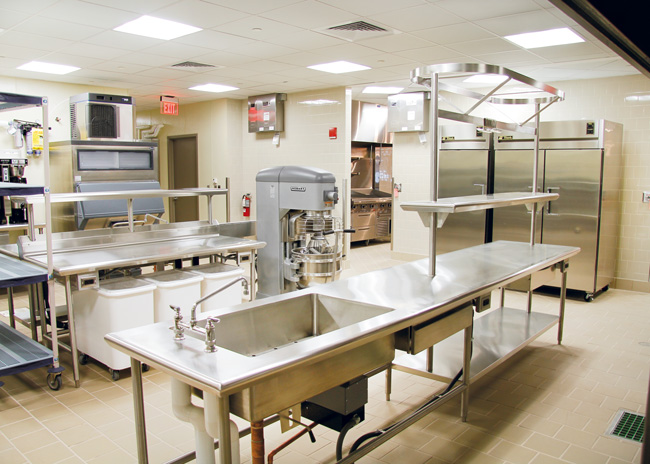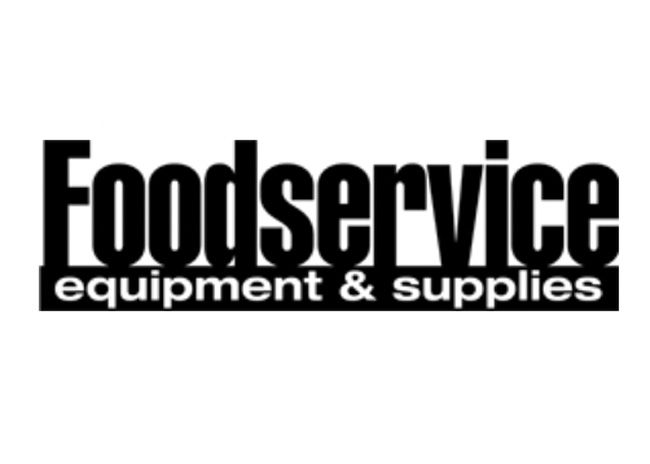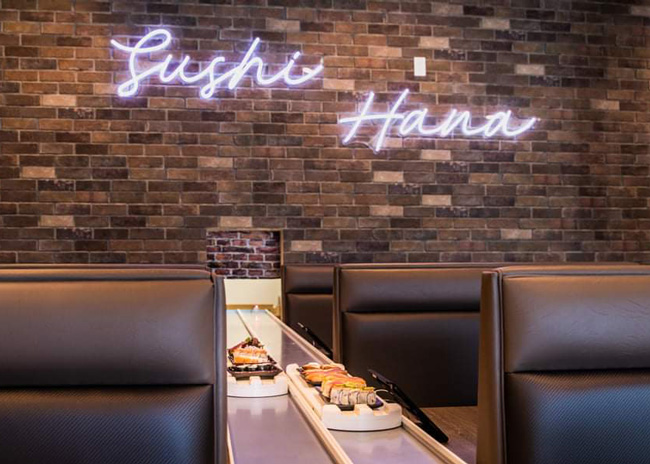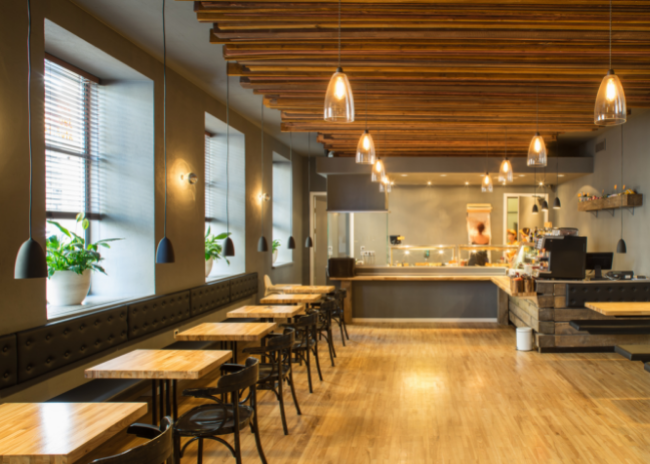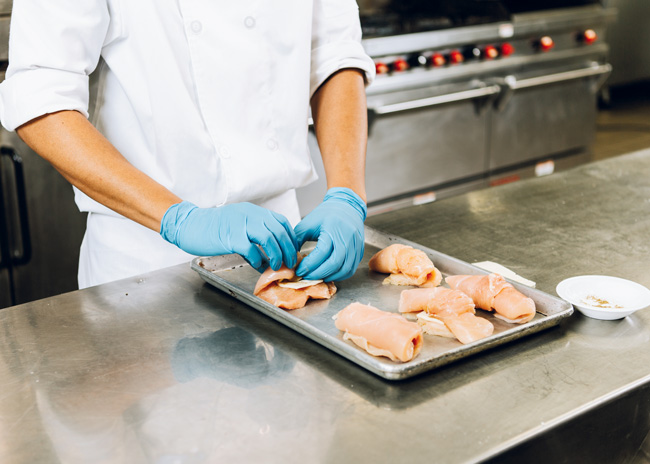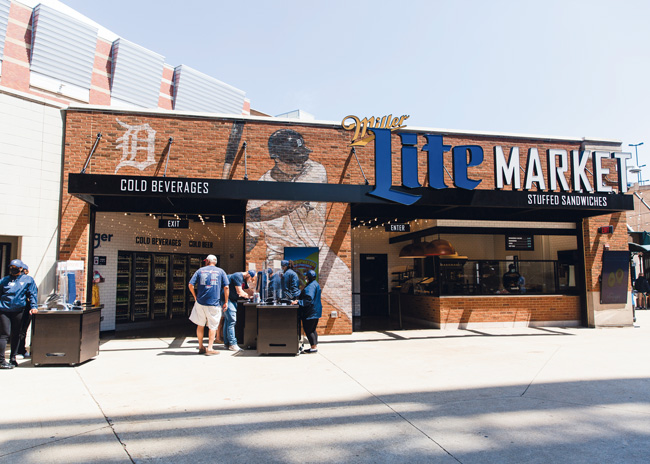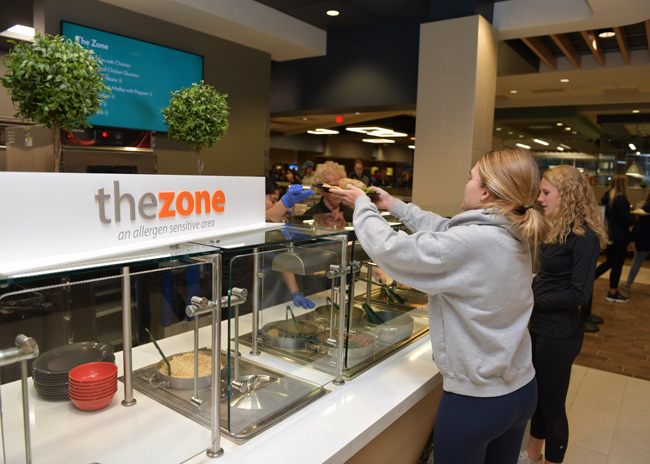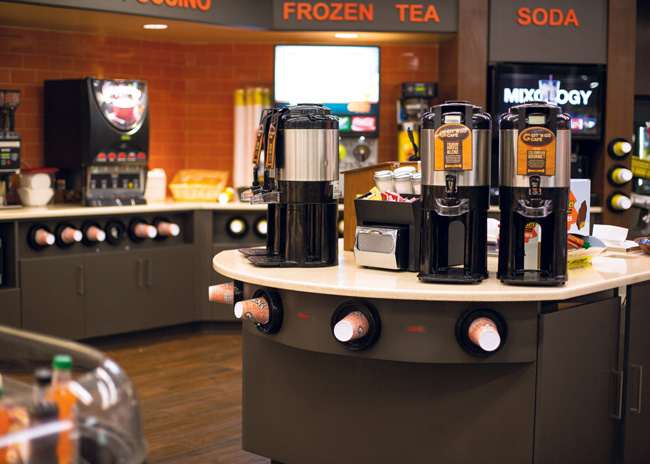Effective equipment placement can mean the difference between a kitchen that works well and one that just works. Outside factors such as available square footage, hood placement and utility connections will often define equipment placement, but placing equipment in the most logical and useful location can lead to a more effective back-of-the-house operation.
From a guest’s perspective, creating the perfect bar seems fairly straightforward. Put together the right spirits, staff and ambiance and — presto! — instant bar. But like so many things in life, the magic lies in the details, most of which those grabbing a handcrafted cocktail or their favorite beer have no idea exist. Nor do they understand the work that took place to make that perfection happen.
Serving equipment like steam tables are essential to all sorts of operations, from buffets to fast-casual concepts that hold high-quality cooked proteins for quick assembly. This equipment isn’t managed as actively as a grill or oven, but it still needs to be cared for by restaurant staff. Here are a few tips for keeping steam tables running smoothly.
Monorail system replaces conveyor-style approach to serving patrons; allows restaurant expanding seating while maintaining staff levels
Unfortunately, and as expected, the pandemic led to the closure of many restaurants. Practically speaking, though, that means when looking to add stores or even open their first units, operators can choose from many second-generation restaurant spaces, including some highly desirable locations.
It appears as if the lingering effects of COVID-19 will continue to suppress restaurant industry sales for at least one more year.
The last year and a half put the spotlight on food safety and sanitation like never before. Even though it was quickly discovered surfaces were not a COVID-19 spreader, the pandemic made everyone hyperaware of cleanliness. Yet cleaning and sanitation represent but one part of any comprehensive food safety program.
Using uncommon cuts of beef, pork, lamb and chicken has become more prevalent as restaurants focus more on reducing food waste and cost.
Frictionless service and market-style models are fast becoming concession norms.
The National Association of College & University Food Services (NACUFS) awarded Hope College’s dining program with a gold medal for the Loyal E. Horton Dining Award for Residential Dining Concepts (Medium Institution). The award, says Dan Zehr, director of residential and retail dining, was based on the college’s allergen-friendly station and program called The Zone.
In the foodservice industry, everything hinges on sanitation and safety; this has been brought even more to the forefront during the COVID-19 pandemic. According to the CDC, nearly one in six individuals gets sick from foodborne illness because of poor food safety, with 128,000 hospitalizations and 3,000 deaths from foodborne diseases each year.
By incorporating a variety of textures, colors and items, restaurants can create tabletops that not only showcase their menus but also convey a sense of community and safety.
The catering environment has transitioned from self-serve buffets and family style servings to manned serving stations and individual portions. Dishes are more likely to be preplated to minimize contact.
Healthcare foodservice operations continue to adjust to a recalibrated normal as states lift restrictions that were in place to slow the spread of COVID-19.
Despite challenges ranging from limited space to an inexperienced workforce and the stigma of low-quality offerings, the convenience channel continues to evolve foodservice operations.
The pandemic proved a tipping point, laying bare the inefficiencies and limitations of traditional brick-and-mortar operations while driving consumers en masse toward contactless, off-premises meal solutions.

